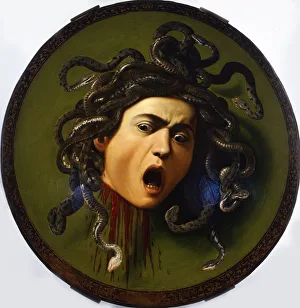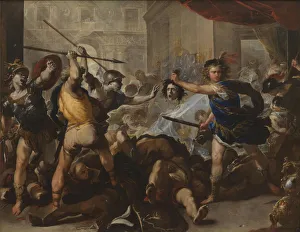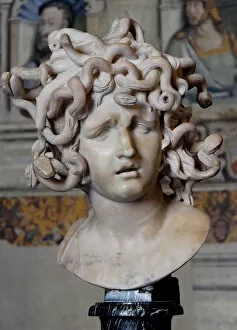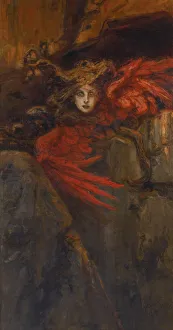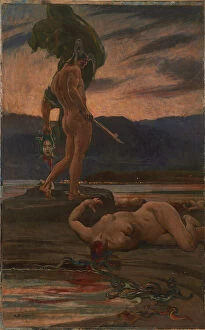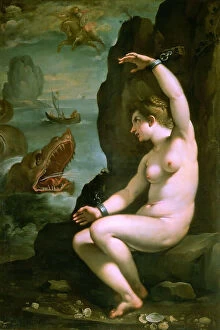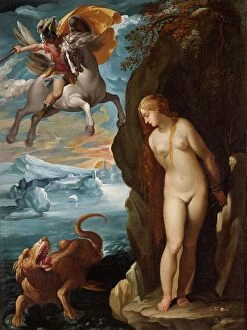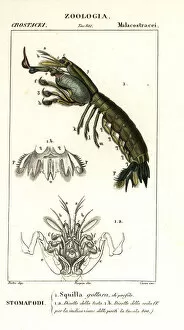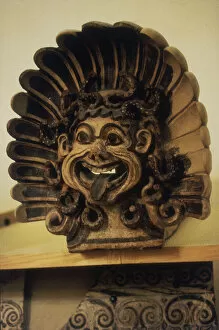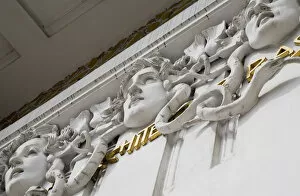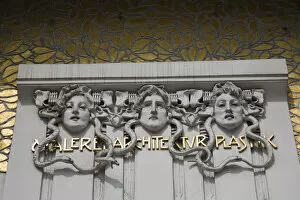Gorgons Collection
"Gorgons: Mythical Creatures of Ancient Legends" Gorgons, the fearsome creatures from Greek mythology, have captivated artists throughout history
All Professionally Made to Order for Quick Shipping
"Gorgons: Mythical Creatures of Ancient Legends" Gorgons, the fearsome creatures from Greek mythology, have captivated artists throughout history. From the hauntingly beautiful Medusa to the heroic Perseus, their tales have been immortalized in various artistic masterpieces. In 1596-1598, Caravaggio's brush brought Medusa to life with his striking painting. Michelangelo's genius shines through in his "Head of Medusa" sculpture created in 1630. Vasilii Alexandrovich Kotarbinsky's rendition of Medusa in 1903 showcases her terrifying gaze that turns men into stone. The mythological encounter between Perseus and Phineas is depicted by Luca Giordano in an early 1680s oil on canvas masterpiece. Even Leonardo da Vinci couldn't resist exploring the enigmatic allure of Medusa through his artistry. Andromeda, a damsel saved by Perseus from a sea monster, also finds her place among these captivating artworks. Pegasus takes flight in a vibrant chromolithograph while bronze sculptures like "Perseus Slaying Medusa" convey the heroism and triumph over evil. Ancient artifacts like Dinos ceramics depict both beheaded Medusa and fierce Hoplites fighting battles dating back to c. 580 BC - a testament to how deeply ingrained Gorgon mythology was within ancient cultures. Lastly, Gustave Moreau's "Perseus and Andromeda" from 1882 captures the romantic essence of this legendary tale with its exquisite detail and emotional depth. Throughout time, artists have been inspired by these mythical beings who embody both beauty and terror. The gorgons continue to fascinate us as they transcend centuries through art forms that celebrate their enduring legacy.

